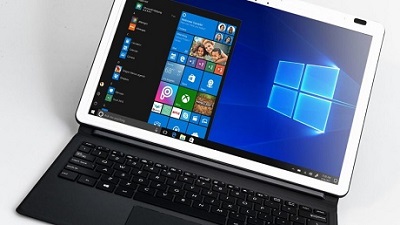Windows 10 updates continue a pretty embarrassing run for Microsoft and almost every new monthly or feature updates appear to break more things than they fix. In recent times, Windows 10 has been plagued by an alarming amount of bugs. Windows Update mess kicked off with the October 2018 Update, which introduced a bug that deleted documents, pictures and other files of the consumers. After the October Update debacle, Microsoft adopted a very careful approach with the May 2019, which was rolled out slowly to avoid a repeat of the disastrous rollout. While the May 2019 Update itself wasn’t a mess, Microsoft shipped cumulative updates to fix some long-standing minor bugs, but the monthly updates introduced a new bug which caused high levels of CPU usage. Then another cumulative update was shipped to fix Cortana but it broke the Start menu and even Taskbar. It also broke internet connectivity on some configurations and another hotfix caused audio issues. All these issues were documented and resolved by Microsoft by the end of the year. After the rollout of the major update, Microsoft launched November 2019 Update, a minor release with only a few changes and many of us hoped that this would offer a bug-free experience. However, users have complained that the update breaks down File Explorer and Microsoft has not acknowledged the issue on its official website yet. Microsoft has also run into trouble with this year’s first cumulative update. Windows 10’s January 2020 important update has been failing to install and displaying unhelpful error messages. According to former employees, Microsoft has changed its Windows Update testing process and it could be one of the reasons for the mess. As the ex-Microsoft senior software engineer noted, Microsoft had an entire team dedicated to testing Windows updates in the old days. The software giant’s testing group had different subgroups for drivers or interface, and all the members discussed glitches in daily meetings. Microsoft engineers tested Windows updates using automated testing and as well as manually on real-world configurations rather than the virtual machines. In 2014, Microsoft laid off the Windows testing team and the company stopped testing updates on real-world configurations for the most part. In addition to the virtual machines, Microsoft now relies on Windows Insiders, a group of testers mostly consisting of enthusiasts and fans. For more visit OUR FORUM.
